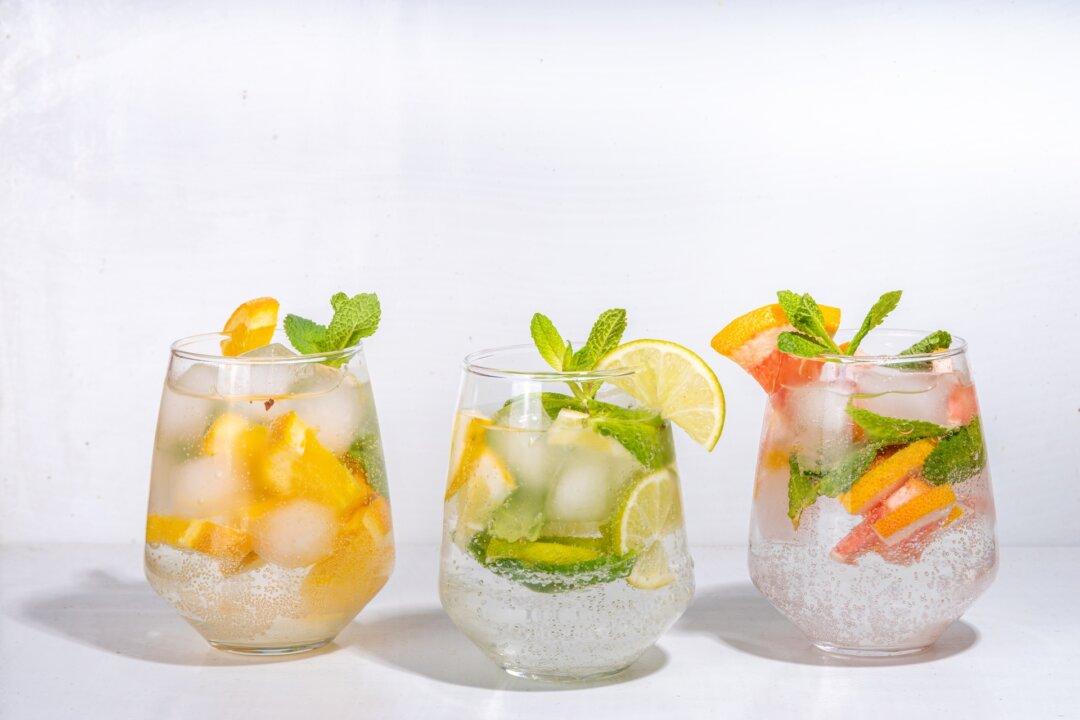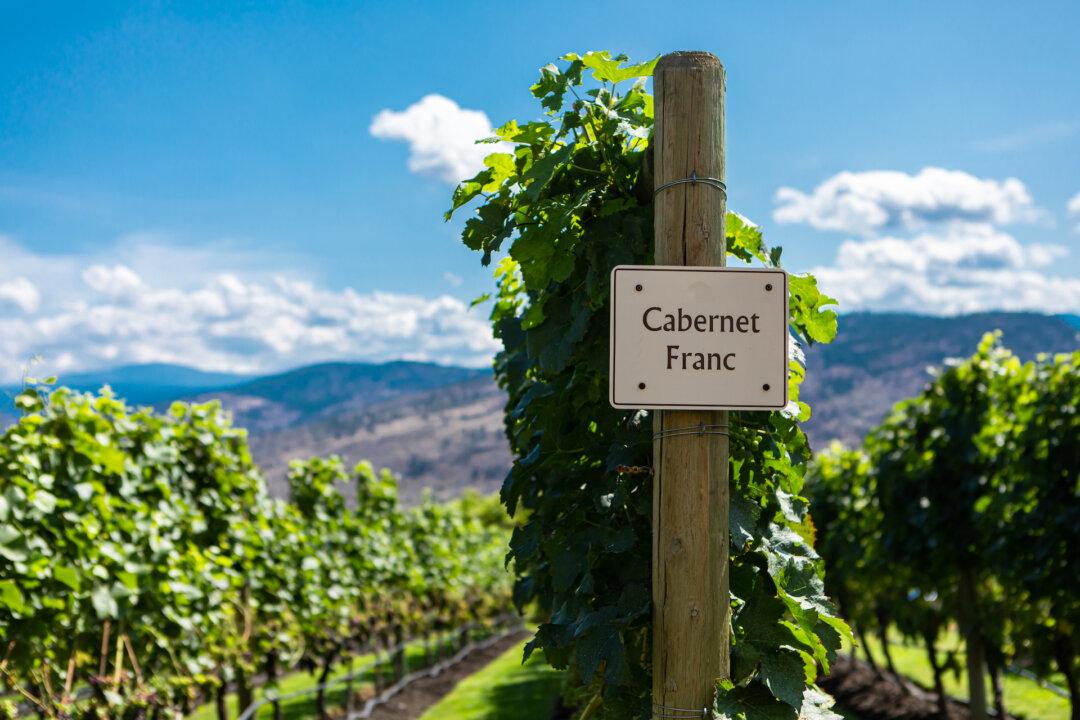Excluding breakfast, I consider a meal without a glass of wine to be a missed opportunity. I think of wine as an enhancement of food and a simple way to improve almost all victuals.
Not every wine has to be great. Sometimes, a simple glass of simple wine is just fine. And while making the proper food and wine pairing is fun, it’s by no means necessary.
In fact, I don’t believe in rigid rules when it comes to wine and food pairing. For me, there is only one rigid rule I live by: Wine with food beats the alternative, which is food without any wine.
The old food/wine rules were designed with simplicity in mind. Sure, “white wine with fish, red wine with meat” can work, but not always. Like baked halibut with lemon butter. But what about halibut in a dark red-wine reduction sauce seasoned with tarragon and thyme? A medium-weight red would be better.

Want rules? Let’s start with some basics:
Either a complement or a contrast should be considered. A complementing wine should have flavors that are not incompatible with the main dish; a contrasting wine could well be a tart wine with a rich creamy dish.
The dominant flavors in the main dish are usually matched to the wine, so roasted lamb leg with rosemary traditionally would be matched with older red Bordeaux and its slightly gamey or earthy complexity. But the rosemary is in play, so a very ripe, youthful zinfandel could also work.
Beef isn’t always prepared the same. A medium pinot noir best complements rare prime rib, but if you’re having a rump roast covered in herbs and garlic, a shiraz might be better. The roast’s exterior will have a load of flavors including pepper.

Keep in mind the other dishes on the table. When preparing a turkey with sage dressing, herbal wines may do best, such as cabernet or pinot noir. But at Thanksgiving, remember the other dishes typically on the table: cranberry sauce (sweet), yams (sweet), and even raisins in the dressing. Since the sweetness in the dishes will make some reds taste sour, try Beaujolais or zinfandel. Also, consider an Extra Dry sparkling wine, with its slight sweetness.
In doubt? California sparkling wine and quality dry rosé wines are all-purpose matches for a wide variety of cuisines. Rosé really is an all-purpose wine, especially when one person at the table is eating seafood, another is having steak and others are vegetarians. Grenache and sangiovese are popular grapes making stylish rosé wines these days.
With Asian foods, keep in mind the heat (peppers and other spices) and the sweetness (especially if fruit is used in the preparation). If the main dish is either sweet or hot, choose an off-dry wine, preferably with lower alcohol, such as a German riesling.
With salty foods, pick an off-dry wine with a flowery character, such as a gewurztraminer.
Chilled dishes usually have less overt flavors, so a delicate wine would work well. Try a pinot gris or pinot blanc from Alsace or from the Alto Adige of Italy.
Don’t try to match wine with foods containing noticeable amounts of vinegar, such as salads. For salads with cream dressings, try sauvignon blanc.
Most soups gain added interest with a tiny splash of a dry or off-dry sherry. And serving sherry alongside soup is an elegant accompaniment.





